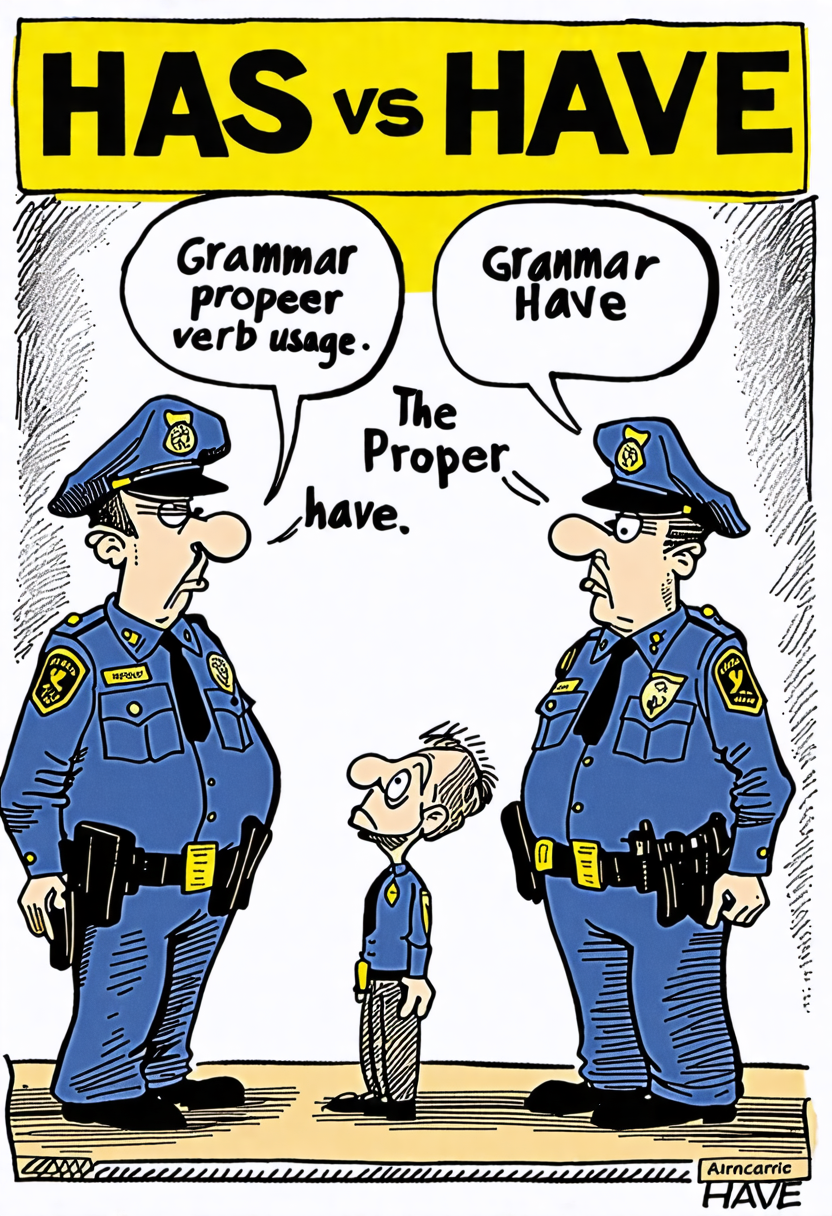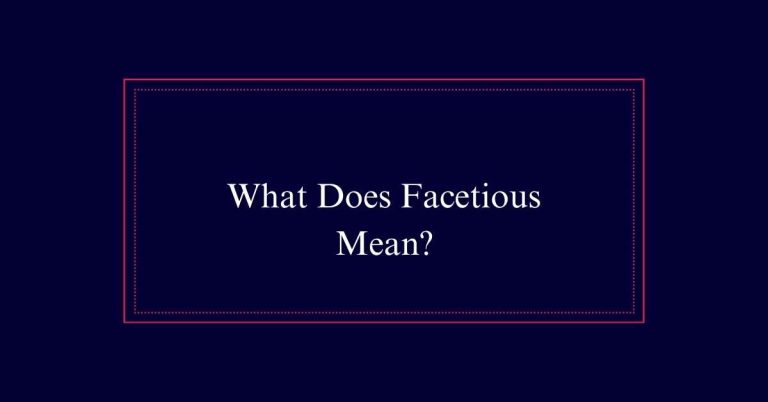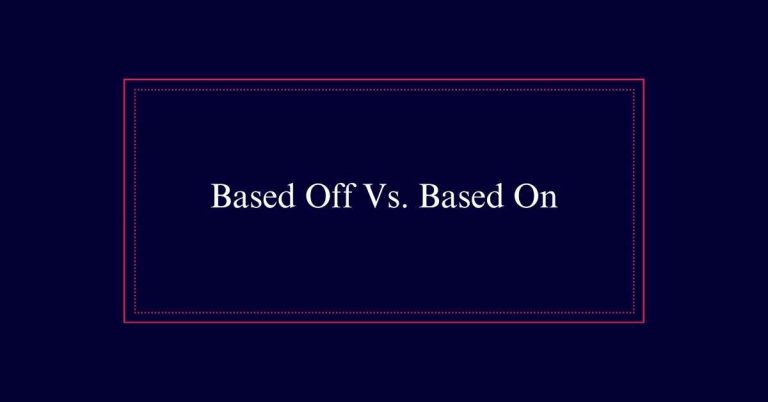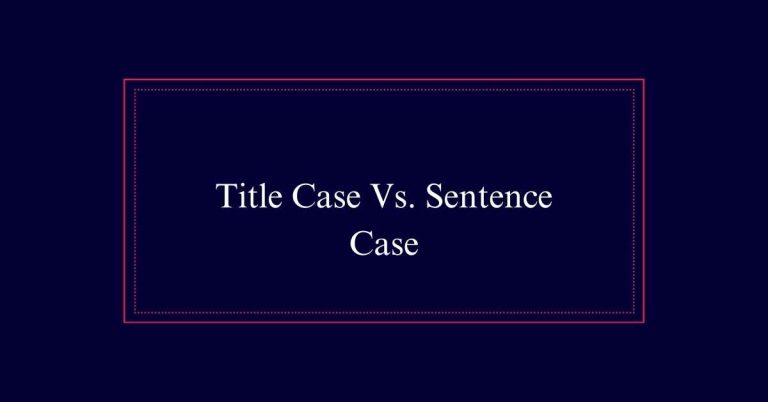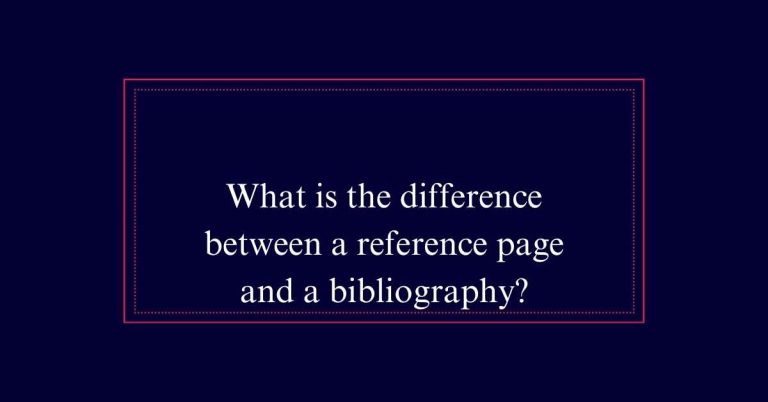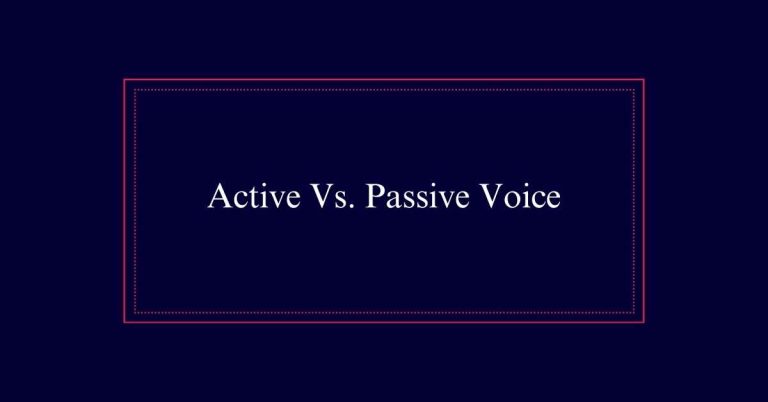Has Vs. Have
‘Has’ and ‘have’ are auxiliary verbs used to indicate possession or completed actions in the present tense. Use ‘has’ with third person singular subjects like *he, she, and it*. For example, ‘She has a book.’ Use ‘have’ with first person, second person, and third person plural subjects like *I, you, we, and they*. For example, ‘They have tickets.’ Identifying whether the subject is singular or plural is essential for correct usage.
Subject-Verb Agreement
Therefore, subject-verb agreement is fundamental to using *has* and *have* correctly. The choice between these verbs depends on the subject of the sentence.
*Has* is used with third person singular subjects such as *he, she,* and *it*. For example, ‘She has a meeting today.’
On the other hand, *have* is used with first person (*I, we*), second person (*you*), and third person plural (*they*). For instance, ‘We have a project due.’
Ensuring subject-verb agreement requires identifying whether the subject is singular or plural. This distinction helps in choosing the correct form.
Using “Has” With Singular Subjects
Understanding how to use *has* with singular subjects is fundamental for constructing grammatically correct sentences. *Has* is specifically used with third person singular subjects, such as *he*, *she*, and *it*. This form of the verb indicates possession or completed actions in the present tense.
For example, ‘She has a meeting at noon’ shows possession, while ‘He has finished his homework’ indicates a completed action. The use of *has* guarantees subject-verb agreement, which is essential for clarity. Remember, only singular subjects take *has*.
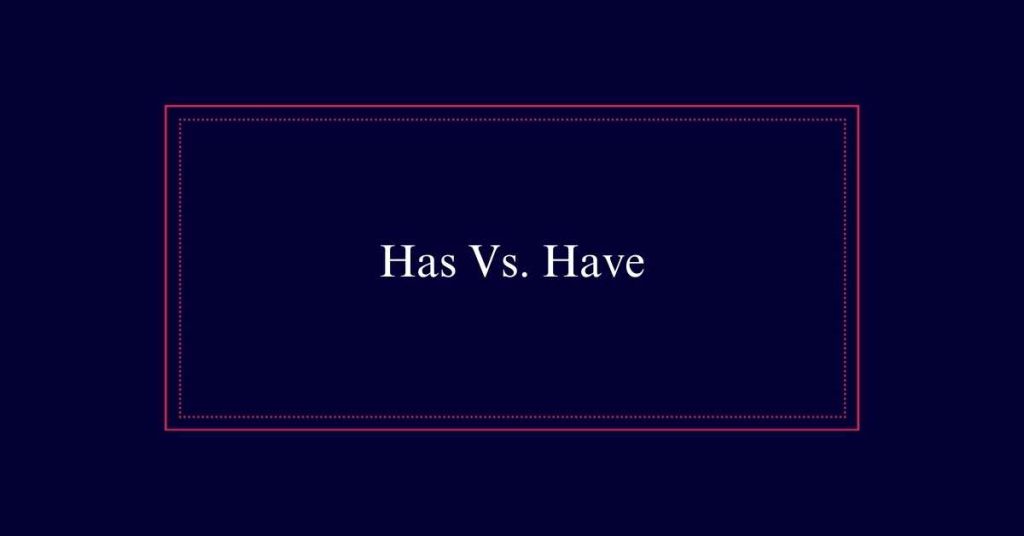
Examples include: ‘The dog has a new toy,’ and ‘The company has launched a new product.’
Using “Have” With Plural Subjects
*Critical* is used with plural subjects to indicate possession or completed actions in the present tense. It is paired with first person pronouns such as *I* and *we*, second person pronoun *you*, and third person plural pronoun *they*.
For instance, ‘They have a meeting scheduled,’ shows possession, while ‘We have completed the project,’ indicates a finished action.
When using *have*, make sure the subject and verb agree in number. Plural subjects require the verb *have* to maintain grammatical accuracy. This rule is *vital* for clear communication.
Understanding these distinctions helps in constructing sentences correctly, ensuring that the subject-verb agreement is maintained.
Examples of “Has” in Sentences
To illustrate the proper usage of *has*, consider the sentence: ‘She has a geometry test this afternoon.’ Here, *has* is used because the subject, *she*, is a third person singular pronoun.
Another example is, ‘Martín has a tall, slender build,’ where *has* is correctly paired with the singular noun *Martín*.
Similarly, in the sentence, ‘The cat has already eaten,’ *has* is used because *the cat* is a third person singular subject.
These examples highlight that *has* is reserved for third person singular subjects such as *he, she,* and *it*. Proper subject-verb agreement ensures clarity and grammatical accuracy in writing.
Examples of “Have” in Sentences
‘I have a serious question for you,’ is a straightforward example where *have* is used with the first person singular pronoun *I*.
In everyday language, *have* is commonly used with various pronouns. For example, ‘Do you have any money for gas?’ incorporates *have* with the second person pronoun *you*.
Similarly, ‘They have a wonderful tasting menu that pairs with wine,’ shows *have* used with the third person plural pronoun *they*.
In another instance, ‘You have to take out the trash,’ demonstrates the necessity action form of *have*.
Perfect Present Tense
The perfect present tense combines *has* or *have* with a past participle to indicate actions completed before now but still relevant to the present. This tense is used to describe experiences, changes over time, or situations that continue into the present.
For example, ‘She has finished her homework’ implies she completed it, and it is still relevant because she no longer needs to do it.
‘They have visited the museum’ suggests this action happened before now but is still part of their experience.
Choosing between *has* and *have* depends on the subject. Use *has* with third person singular subjects like ‘he,’ ‘she,’ or ‘it.’ Use *have* with first person, second person, and plural subjects like ‘I,’ ‘you,’ ‘we,’ and ‘they.’
Remembering “Has” Vs. “Have”
Understanding when to use ‘has’ versus ‘have’ can be simplified by focusing on the subject of the sentence. ‘Has’ is used with third person singular subjects like he, she, and it. ‘Have’ is used with first person (I, we), second person (you), and third person plural (they).
| Subject Pronoun | Verb Form | Example Sentence |
|---|---|---|
| He/She/It | Has | She has a new book. |
| I/We | Have | I have a meeting today. |
| You | Have | You have an appointment. |
| They | Have | They have finished their work. |
More “Has” Vs. “Have” Examples
Let’s explore additional examples to further clarify the use of ‘has’ and ‘have’. In sentences with third person singular subjects, ‘has’ is appropriate. For instance, ‘She has a meeting today,’ and ‘The dog has a new toy.’
Conversely, ‘have’ fits with first person, second person, and third person plural subjects. Consider, ‘I have an idea,’ ‘You have a message,’ and ‘They have a project to complete.’
The distinction is straightforward: use ‘has’ for singular third person subjects and ‘have’ for others. Another example: ‘He has a busy schedule,’ versus ‘We have plans for the weekend.’
Possession in Present Tense
Possession in present tense often requires the correct use of *has* and *have*. Use *has* with third person singular subjects like *he, she,* and *it*. For instance, ‘She has a geometry test this afternoon.’
Conversely, use *have* with first person (*I, we*), second person (*you*), and third person plural (*they*). For example, ‘They have a wonderful tasting menu that pairs with wine.’
The choice between *has* and *have* depends on the subject of the sentence. Ensuring subject-verb agreement is key. Remember, *has* is only used with singular subjects, while *have* is used with plural subjects and certain pronouns.
Common Mistakes to Avoid
Many people often confuse when to use *has* and *have*, leading to common grammatical errors. One frequent mistake is using *has* with plural subjects or with pronouns like *I* and *you*.
For instance, saying ‘You has a book’ is incorrect; it should be ‘You have a book.’
Another common error is using *have* with third person singular subjects.
For example, ‘He have a meeting’ is wrong; it should be ‘He has a meeting.’
Always make sure the verb agrees with the subject.
Remember, *has* pairs with singular subjects like *he, she, it*, while *have* is used with plural subjects and pronouns like *I, you, we,* and *they*.
